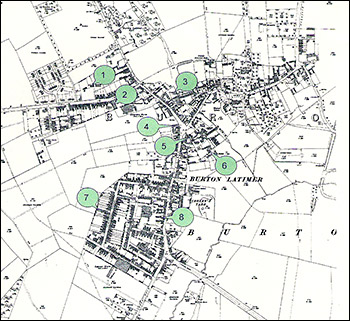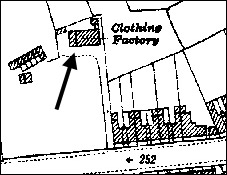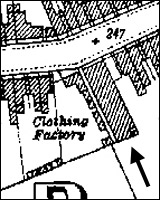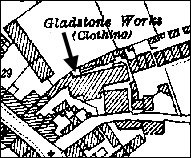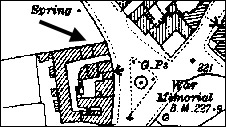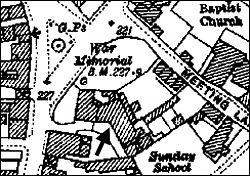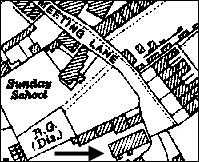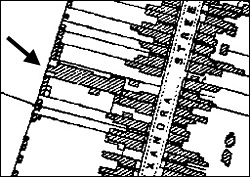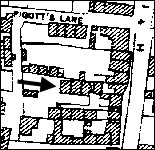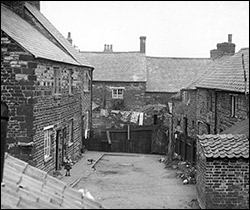|
|||
| The clothing industry arrived in Burton Latimer in the mid-1880s, about ten years before the first shoe factory was built in the town. The manufacture of clothing was an important local industry for several towns along the Ise Valley, including Kettering, Rothwell, Desborough, Burton Latimer and Wellingborough. Factories were usually built by private businessmen, but the Co-operative societies were also involved in the industry.
In many ways the clothing industry complemented the shoe industry in providing a secure employment for families. Both industries employed men and women, though the majority of workers in shoe factories were men, whereas women formed the main part of the workforce in the clothing factories. This "family" atmosphere of employment in light industry within one town helped the town to develop a sense of community and shared identity. Several factory buildings in Burton were in their time used for shoe and clothing manufacture. The clothing industry suffered a decline similar to that in the shoe industry, and on a similar timescale. By the late 1980s there was little if any clothing production. Several of the factories still remain, though the businesses they house are very different from the clothing firms of the last century. |
|||
1.
|
|||
2.
Known as the "Pioneer Works" when occupied by Arthur Jones Ltd. and the Carrington Shoe Co. Ltd. in 1967. |
|||
3.
Later used by John Barran Ltd. and Benford (Hi Fi) Ltd. It was later demolished and is now housing. Click here to read the story of Hart & Levy Click here to read a personal account of working at the factory |
|||
4.
Thought to have started in premises over the Gas Co. offices, later a Chinese restaurant (arrowed right). Evolved into Ward & Son and moved to Meeting Lane. The business failed. |
|||
5.
Click here to read the full story of Wallis & Linnell's The Midland Box Co. had it until World War II. With the shop premises on the front (now a restaurant), it was used by Compere Shoes and the Alliance Boot Company. |
|||
6.
|
|||
7.
|
|||
8.
The yard was demolished in 1938, and the remaining part of the site consisting of the High Street frontage was demolished in the 1960s and later became the Library and first Health Centre. |
|||
